And if you are planting a garden today think about where you do AND don't want to be in 2-3 years:
1) Only put down 1" of mulch if you're using it. More mulch = less plant sowing while generally inhibiting forb and grass growth.
2) Put plants on 12" centers (12" apart) and no more.
3) Consider mixing potted plants and seeds to increase coverage. In spring sow grasses and annuals among what you planted. In mid to late fall consider a dormant seeding of perennial forbs among what you planted. (Maybe what you plant is the highly designed part, or plants that need a head start because they work on roots first like Baptisia and Amorpha and Silphium).
What do you do if you're on a constrained budget?
1) See #3 above. The best advice is to plant the architectural plants -- trees, shrubs, and perennial flowers -- that take longer to establish and serve as the backbone for the design. You may also want to plant aggressive species and let them start to self so or run asap.
2) Get plugs. Most landscapers and nurseries get their plant material from wholesalers, and that requires a business license. But you can also get them (if you're east of the Great Plains) via Izel Native Plants which works as a middleman for wholesalers to sell to the public. That means if you need plants in quantities of 32 and 50 you can get them for a much better per-plant cost.

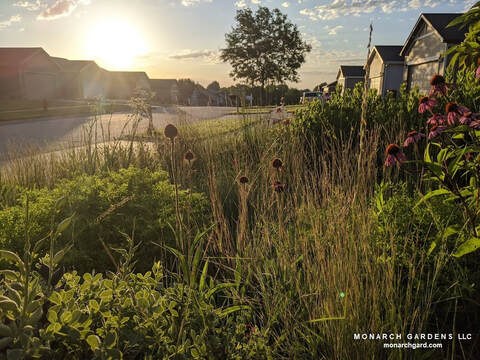
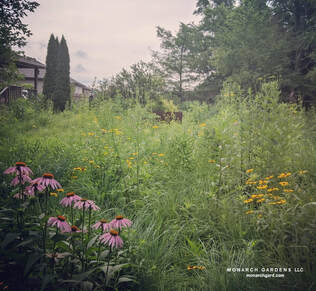
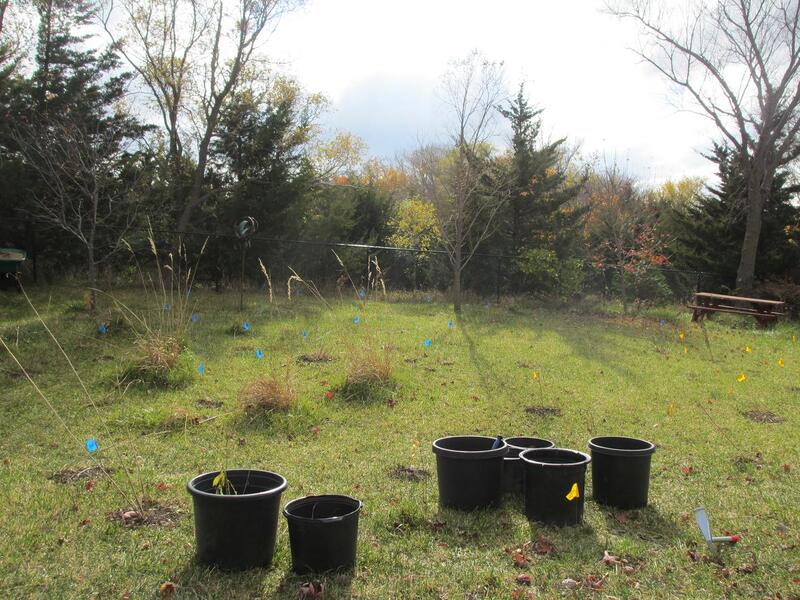
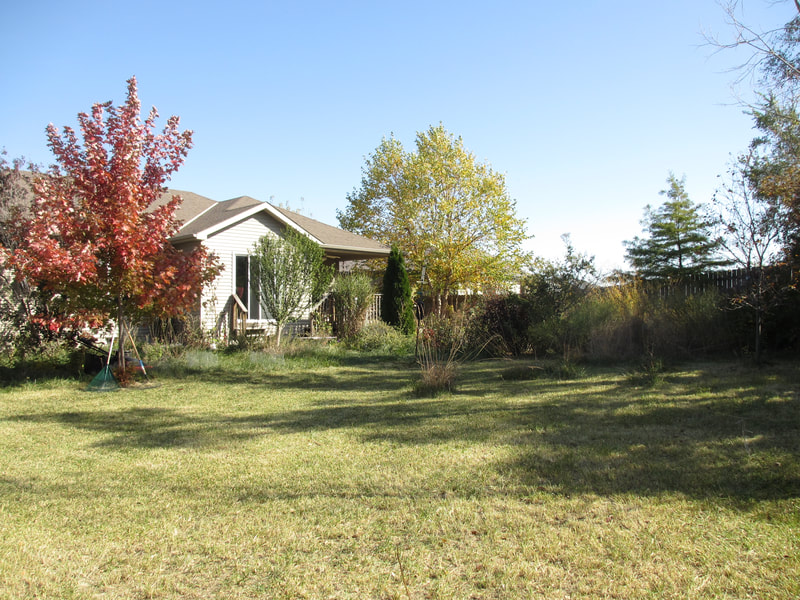
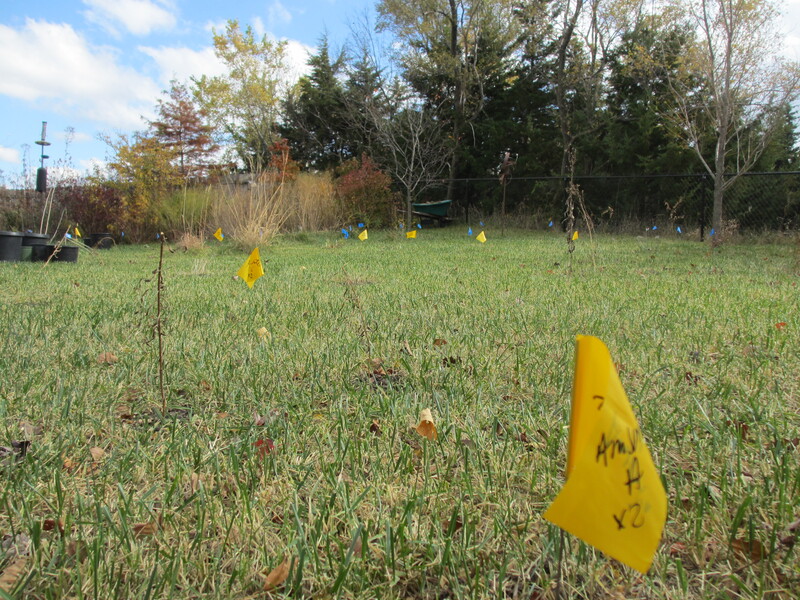
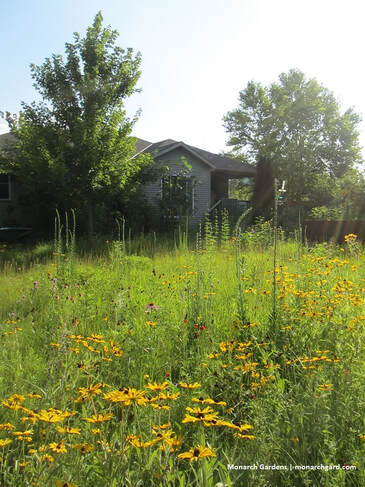
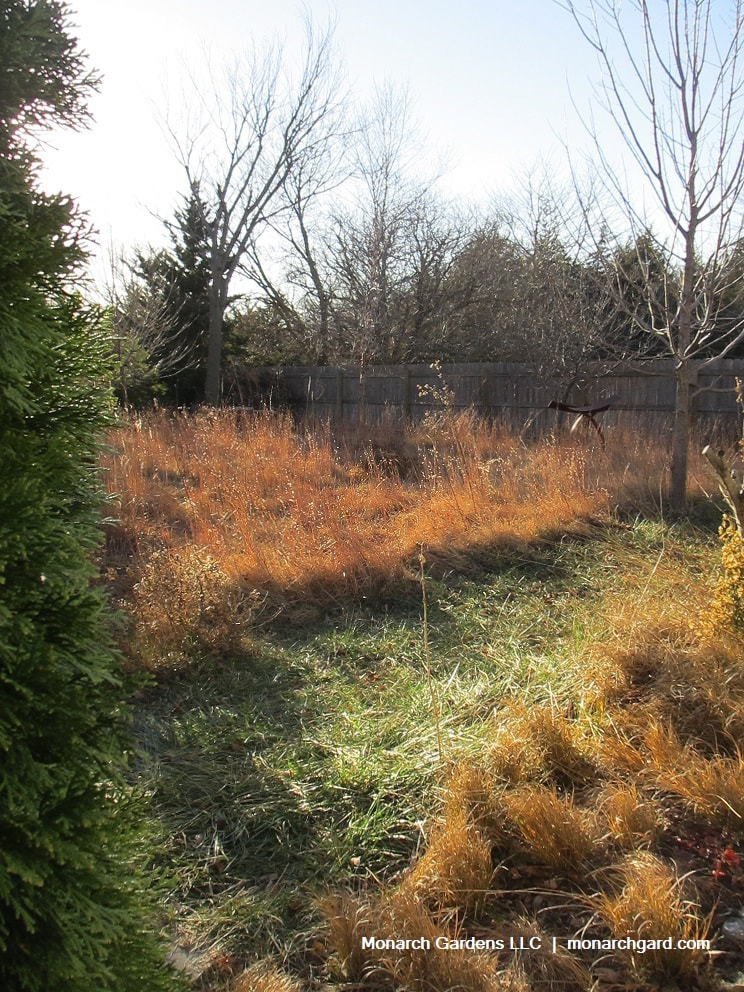
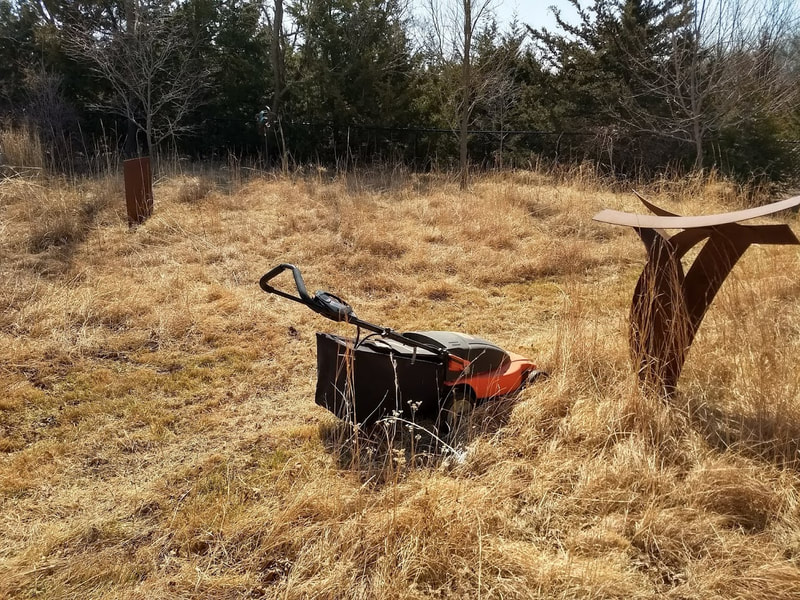
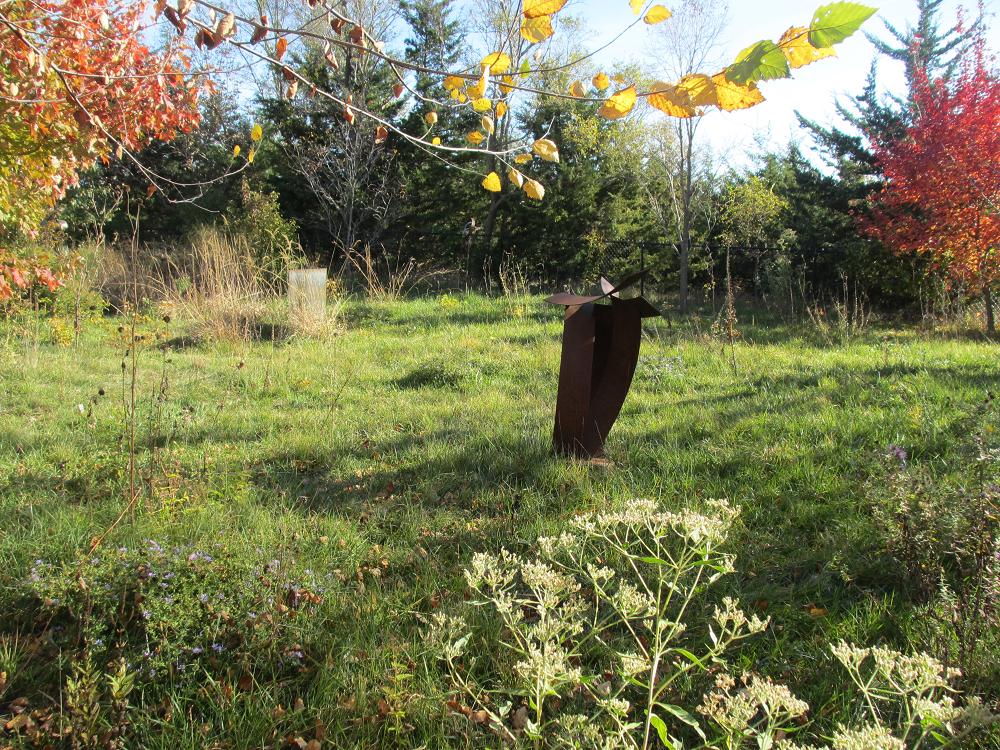
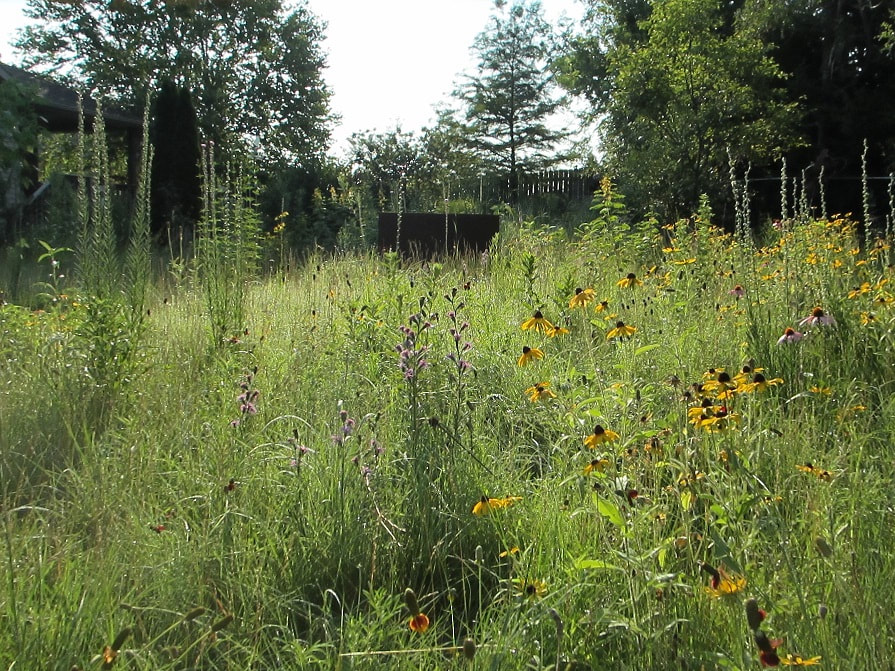

 RSS Feed
RSS Feed

